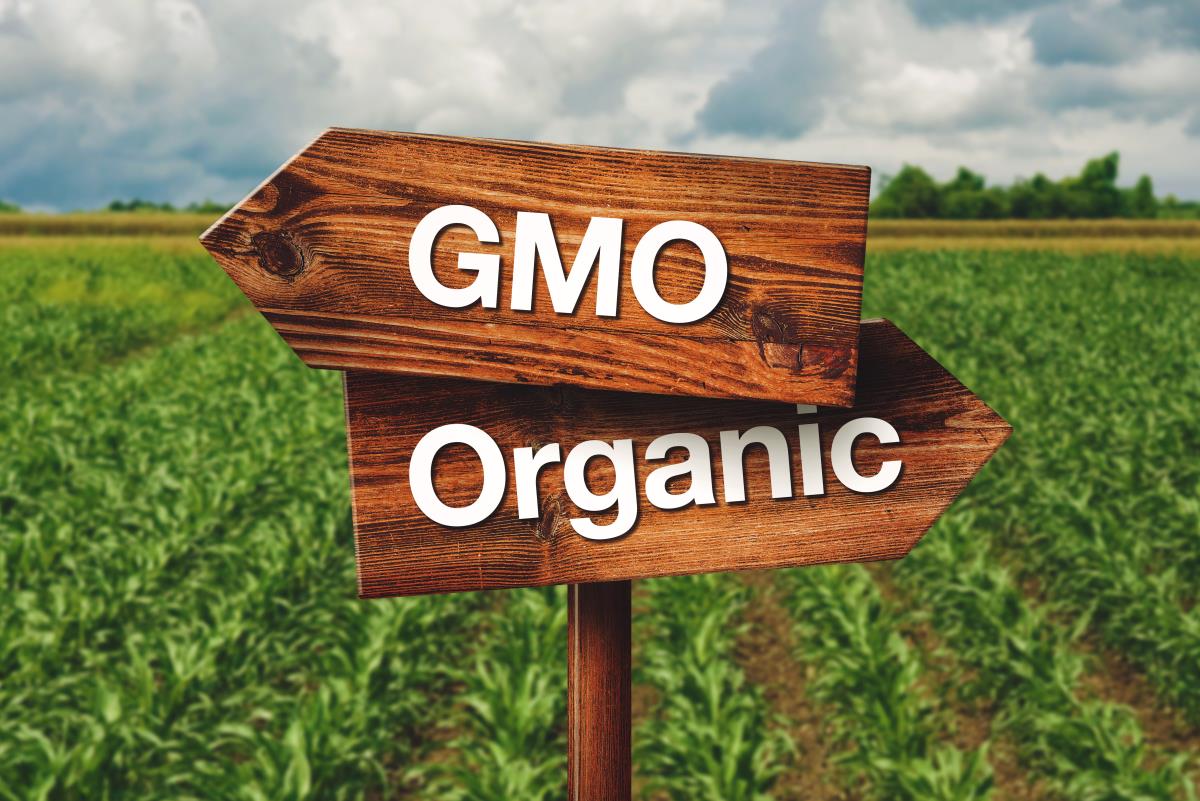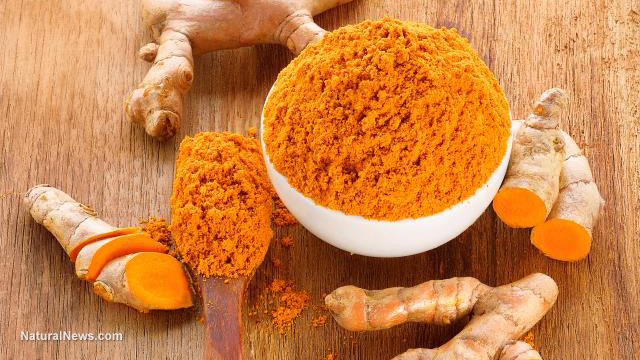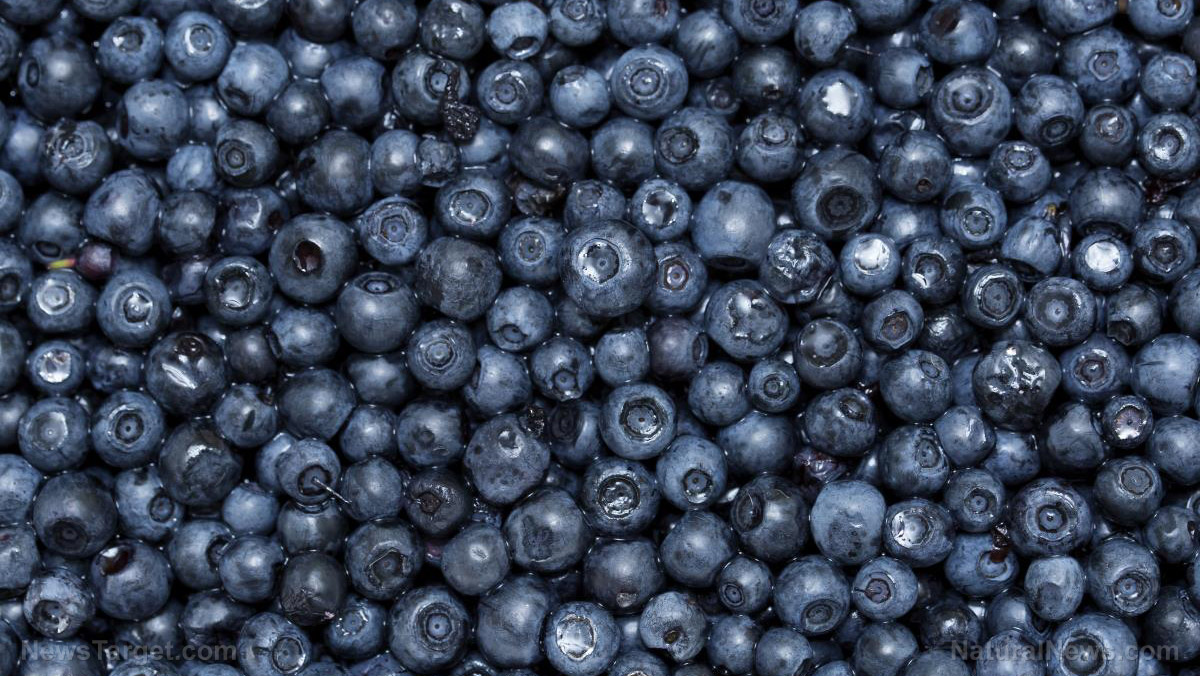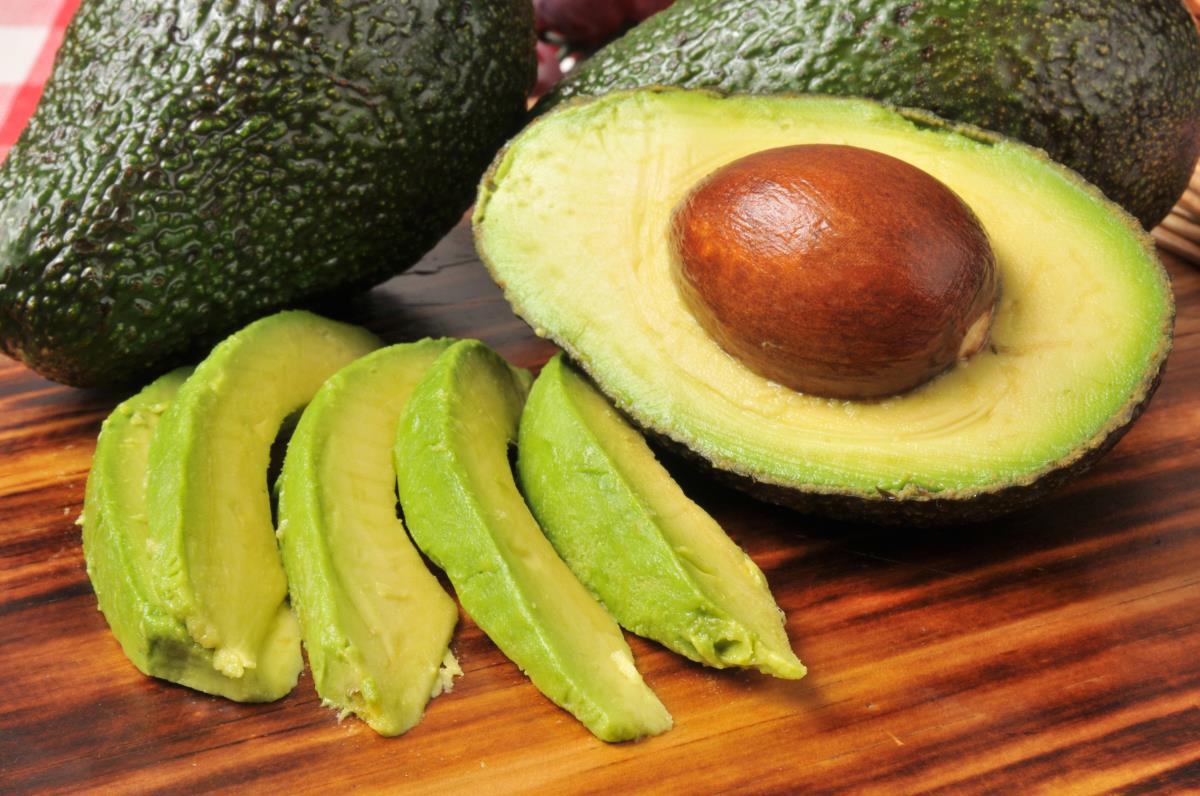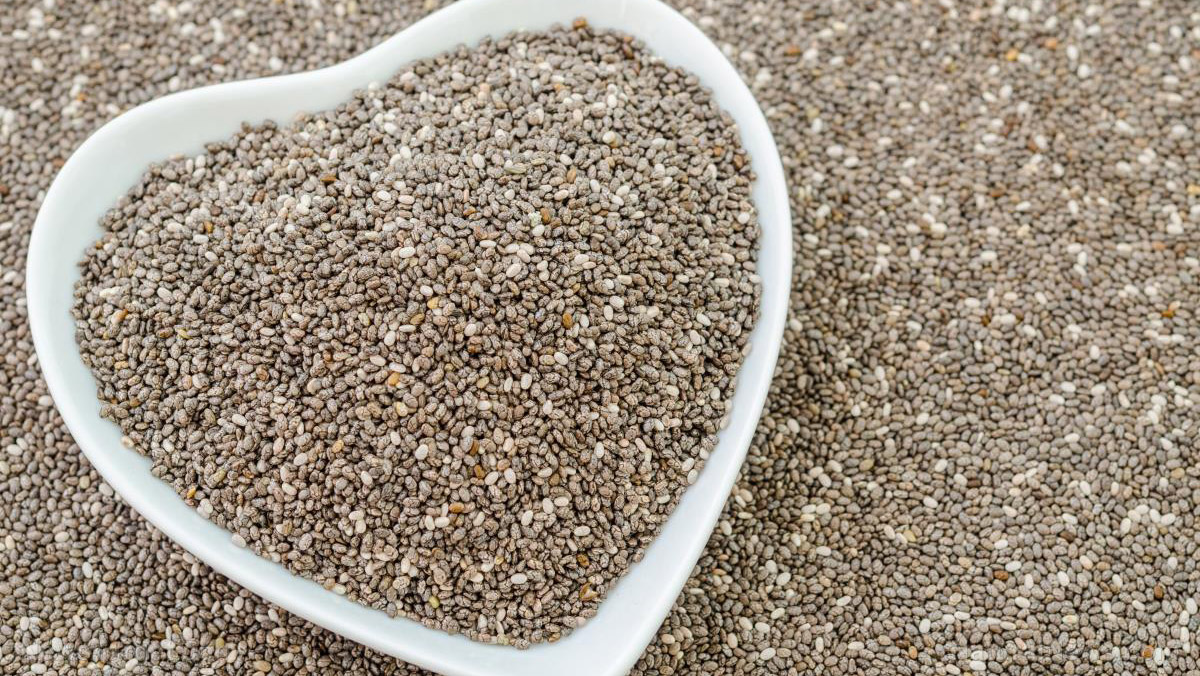Learn how to identify magnesium deficiency, and what foods fix it
03/07/2019 / By Amy Goodrich

Magnesium — often called the master mineral — is involved in more than 300 metabolic processes in our bodies, including protein synthesis, calcium regulation, vitamin D absorption, blood glucose control, muscle and nerve function, and blood pressure regulation. Dr. Norman Shealy, a pioneer in pain medicine, even said that “every known illness is associated with a magnesium deficiency.”
For the eighth most abundant mineral in the universe, magnesium deficiencies are on the rise. In fact, most American adults do not get enough of the mineral in their daily diet.
While there are many reasons why our magnesium levels have gone down over the years, poor nutritional habits and depleted soil conditions top the list of most probable culprits. In the past, our topsoil was rich in magnesium. These days, however, new farming techniques that rely on the use of chemical fertilizers and pesticides have severely affected the magnesium levels in our farming lands. This, in turn, has resulted in less magnesium in the foods we consume.
Are you magnesium deficient?
Given the mineral’s essential role in so many different metabolic functions, a magnesium deficiency is often hard to spot since it can cause a wide variety of symptoms. Furthermore, only one percent of the body’s magnesium is stored in the blood, hence why this mineral often doesn’t show up in blood tests. For the best and most reliable test results, The Hearty Soul website recommends a bowel test.
Symptoms of magnesium deficiency include extreme fatigue and weakness, abnormal heart rhythms, muscles twitches, muscles weakness, low blood pressure, nausea, vomiting, diarrhea, and dizziness. Furthermore, people who lack magnesium in their body often experience poor memory, insomnia, constipation, bowel diseases, numbness, tingling, seizures, anxiety, and panic attacks.
Because magnesium deficiencies are largely overlooked yet responsible for many of our modern diseases, millions of people are treated with toxic pharmaceuticals that don’t show any positive effect. If you or somebody you know is suffering from any of these symptoms on a regular basis, upping magnesium levels through magnesium-rich foods or supplementation may save the day.
How to up your intake
According to the U.S. Food and Drug Administration, the daily recommended value for magnesium is 400 mg for adults and children aged four and older. While high-quality magnesium supplements may help you fill the magnesium gap, be sure to include enough magnesium-rich foods into your diet.
Magnesium can be found in a wide variety of fiber-rich foods, including almonds, cashew nuts, brown rice, fish, okra, dark leafy greens, wild salmon, plain yogurt, bananas, whole wheat bread, beans, dried fruits, dark chocolate, and avocados.
These foods will help you to prevent a host of illnesses such as respiratory issues, diabetes, high blood pressure, and other conditions related to a magnesium deficiency.
While many foods, especially the ones high in dietary fiber, contain decent amounts of magnesium, the National Institutes of Health noted that some processing methods, such as grain refining methods, significantly reduce magnesium levels in our food. Therefore, it is important to stay away from processed foods and opt for fresh, whole organic products.
Sources include:
Tagged Under: children's health, clean food, deficiency, disease treatments, food cures, food is medicine, functional food, immune system, Magnesium, magnesium deficiency, magnesium-rich foods, men's health, natural cure, prevention, women's health

